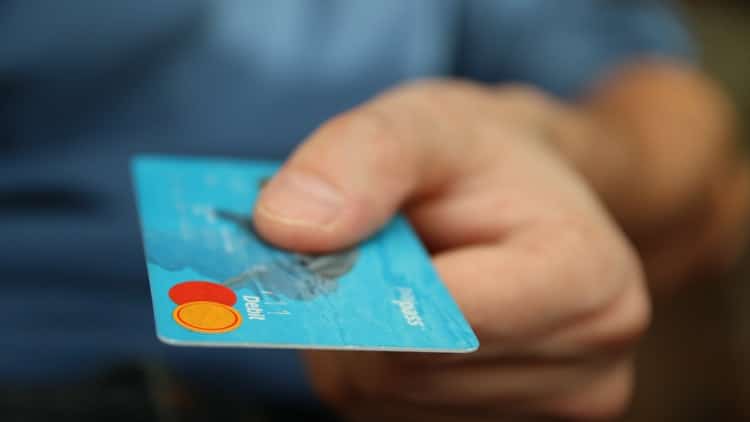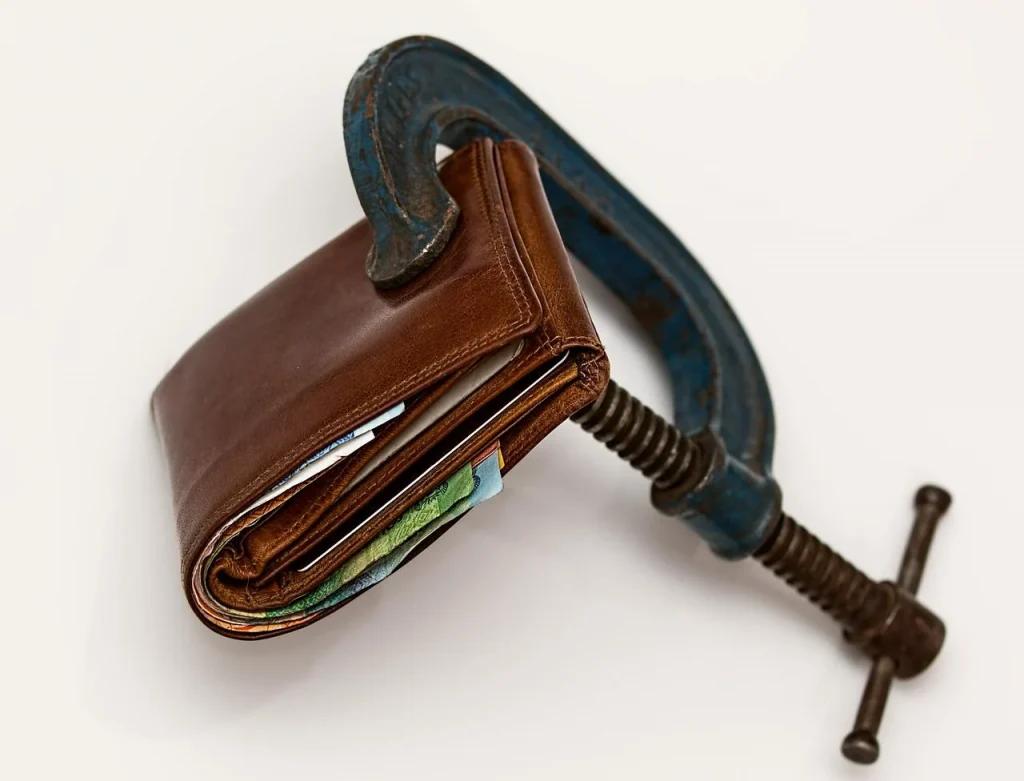How to Pay Off Credit Card Debt Fast

Paying off credit card debt can be pretty daunting. You keep thinking of paying off that massive sum of money. To be honest, the process of paying it off requires persistence and patience.
What is debt?
Debt is usually money borrowed by one party from another. People or corporations generally borrow money when they’re unable to afford some purchases under normal circumstances. Cash is usually borrowed on the condition that it is to be paid later with interest. Debt can be secured, unsecured, revolving, or mortgage.
Debt to Income Ratio
Secured debt is collateralized debt; unsecured debt does not need the security of collateral. The creditworthiness of the debtor is reviewed. An example of revolving debt is credit card debt. Revolving debt is an amount that the debtor can consistently borrow. If the debtor borrows a certain amount of funds, he can borrow that amount again once he pays back. The line of credit is available for as long as the account is active. Also, favorable repayment conditions lead to an increased amount of revolving debt. Mortgage debt is used to purchase real house estate.
It’s essential to decrease your debt-to-income ratio to scale through the debt payment process without much of a hassle. This practice is also good if you want to improve the odds of getting approved for a loan or mortgage. Your DTI is essential when applying for a personal loan or even mortgage, your DTI ratio impresses potential lenders, and sometimes you’re even offered excellent rates. Low DTI rates help you qualify for the best rates.
DTI ratio is the percentage of your monthly gross income that goes to paying debts every month and is used by lenders to determine one’s borrowing risk. The highest DTI rate a borrower can have to procure a mortgage loan is 43%, although most lenders prefer lower than 36%. Still, the maximum DTI rate differs from one lender to another. Having a low DTI ratio betters one’s chances of getting a loan.
How to pay credit card debt fast with this reducing DTI rate
There are two popular strategies for paying off credit card debt. We’ll be reviewing the two. They include:
Debt Avalanche method
This debt repayment method concentrates on paying high-interest debts first while making minimum payments on other accounts, so you don’t end up paying late fees or defaulting. When your account with the highest interest rate has been paid completely, move on to the account with the following high-interest rate and repeat until you pay all your debts.
So basically, you pay from the highest to the lowest. This method is favored by many as it increases the probability of saving on interest charges. It prevents your interest from racking up. But this method is not entirely beneficial to people whose highest interest rates have a high balance that takes a long while to pay. Paying a particular debt for a length of time without paying the rest can be pretty discouraging. That sense of accomplishment of having paid off one of your debts will have to wait for the long time frame required to pay off that debt.
Debt Snowball method
This is another debt repayment method favored by a lot of people. This method focuses on paying down the account with the lowest balance first, not considering the interest rate. While directing larger payments to that account, you pay minimum amounts into your other accounts to prevent affecting your credit. So, you pay the most significant amount to your lowest balance account. After clearing the first one, you direct the amount to the following account with a low balance.
This strategy involves paying from the lowest balance to the highest balance. In this method, unlike the avalanche method, you have small wins, those bouts of success that encourage and motivate you, and before you know it, you’ve paid off all your debts. The snowball method does not put into account the interest rate, so if your more enormous debts are the ones with more interest rates, you might end up paying more interest than is necessary.
These two methods are primarily suitable for credit card debts and shouldn’t be used with loans like a mortgage.
Conclusion
Being in debt is exhausting both physically and mentally, so paying off all your debts is excellent for your mental health. The peace you feel after paying off all your debts can never be overrated. While paying off your debts, you can take on additional sources of income. You should reduce spending money on things you don’t need and desist from taking on more debts.
Recommended for You: Best budget saving tips to keep finances on track
Josh Dudick
Josh is the owner and lead writer at Daily Wisely. His career has taken him from finance to blogging, and now shares his insights with readers of Daily Wisely.
Josh's work and authoritative advice have appeared in major publications like Nasdaq, Forbes, The Sun, Yahoo! Finance, CBS News, Fortune, The Street, MSN Money, and Go Banking Rates. Josh has over 15 years of experience on Wall Street, and currently shares his financial expertise in investing, wealth management, markets, taxes, real estate, and personal finance on his other website, Top Dollar Investor.
Josh graduated from Cornell University with a degree from the Dyson School of Applied Economics & Management at the SC Johnson College of Business.

